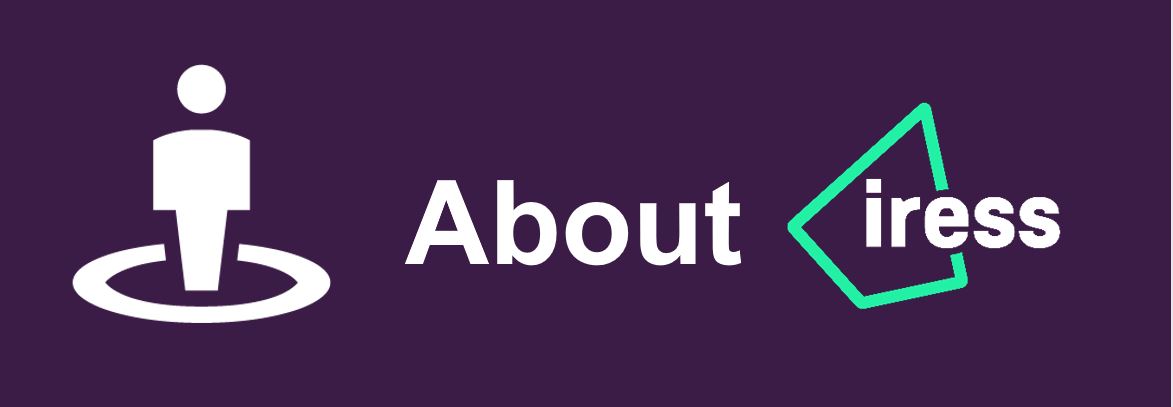Update: Superannuation reform package
Written and accurate as at: Jan 10, 2017 Current Stats & Facts

In the 2016 Federal Budget, the Turnbull Government decided to focus in on superannuation through their Superannuation Reform Package with the aim of fostering fairness, sustainability, flexibility, and integrity in the retirement savings environment.
Many people stand to benefit from these changes, but some higher income earners will lose out. As most of these changes start from 1 July this year, there’s still a window of opportunity between now and June to take full advantage of the current system.
What’s In?
The new taxation and superannuation bills passed through the House of Representatives and Senate can be broadly characterised into three main groups:
Firstly, measures impacting on higher income earners and those with a capacity to make additional contributions
- Introducing a $1.6 million cap on superannuation transferred to pension phase to limit tax-free investment earnings in pension phase
- Amending the following existing measures,
- Lowering the annual non-concessional contributions cap from $180,000 pa to $100,000 pa. The bring-forward rules will still apply at the reduced rate. However, a new constraint will apply so that individuals with a total superannuation balance of $1.6 million or more, will not be eligible to make non-concessional contributions.
- Adjusting annual concessional contributions cap from $30,000 pa (individuals under 50 years old) and $35,000 pa (individuals 50+ years old) to a unified $25,000 pa.
- Adjusting the income threshold for the additional 15% tax on concessional contributions for high income earners from $300,000 to $250,000.
Secondly, 'integrity' measures
- Removing the anti-detriment provision in respect of death benefits from superannuation.
- Removing the tax exemption on earnings of assets supporting Transition to Retirement income streams by imposing a 15% tax on asset earnings.
And lastly, measures supporting low income earners and providing more flexible contributions arrangements
- Introducing the Low Income Superannuation Tax Offset as way of continuing the existing Low Income Superannuation Contribution scheme (expiring in June 2017) that compensates people who earn less than $37,000 for the 15% contributions tax.
- Introducing the catch-up provision on concessional contributions whereby individuals with a superannuation balance of less than $500,000 may make use of previously unused concessional contribution amounts (commencing in the 2019/20 financial year). This may be useful for people who take career breaks.
- Raising the income threshold for the Low Income Spouse Contributions from $10,800 to $37,000, so there may be extra room in which to top up your spouse’s super.
- Removing the 10% ‘maximum earnings as employee’ test for claiming tax deductions for personal superannuation contributions.
What’s Out?
There are really only two measures that were proposed at Budget night, that have been dropped and not included in the new legislation. The $500,000 lifetime non-concessional contributions cap has been dropped and the work test will remain for those aged over 65.
Who Will Be Affected?
With regards to the changes, possibly the main question on your mind is where you, like many other Australians, sit and what you can do between now and 30 June.
| Estimates of the number of people affected by the superannuation measures | |
| MEASURE | ESTIMATED NUMBER OF PEOPLE |
| $1.6 million transfer balance cap | <160,000 |
| $100,000 cap on non-concessional contributions | <160,000 |
| $25,000 concessional contributions cap and lowering threshold of $250,000 for high income earners additional 15% contributions tax | 560,000 |
| Anti-detriment provisions | 20,000 |
| Remove tax exempt status of income from assets supporting transition to retirement (TTR) income streams | 110,000 |
| Low Income Superannuation tax offset | 3.3 million |
| Unused concessional cap carry forward | 220,000 |
| Tax offsets for spouse contributions | 5,000 |
| Deducting personal contributions | 800,00 |
| Reference: Australian Government (2016). Bills Digest no. 45, 2016–17. Retrieved from: http://parlinfo.aph.gov.au/parlInfo/download/legislation/billsdgs/4951864/upload_binary/4951864.pdf |
Although the changes may affect you in some way, it is important to note two things: superannuation is still one of the most tax-effective investments when building your wealth for retirement and there is still time to implement strategies prior to the 1 July 2017 deadlines on many of the abovementioned taxation and superannuation measures, especially regarding topping up your super via taking advantage of the higher limits that currently apply for concessional and non-concessional contributions.
Moving forward, planning and careful consideration of your current and proposed financial situation are key and if you need assistance or help understanding these changes don’t hesitate to get in contact with us.













